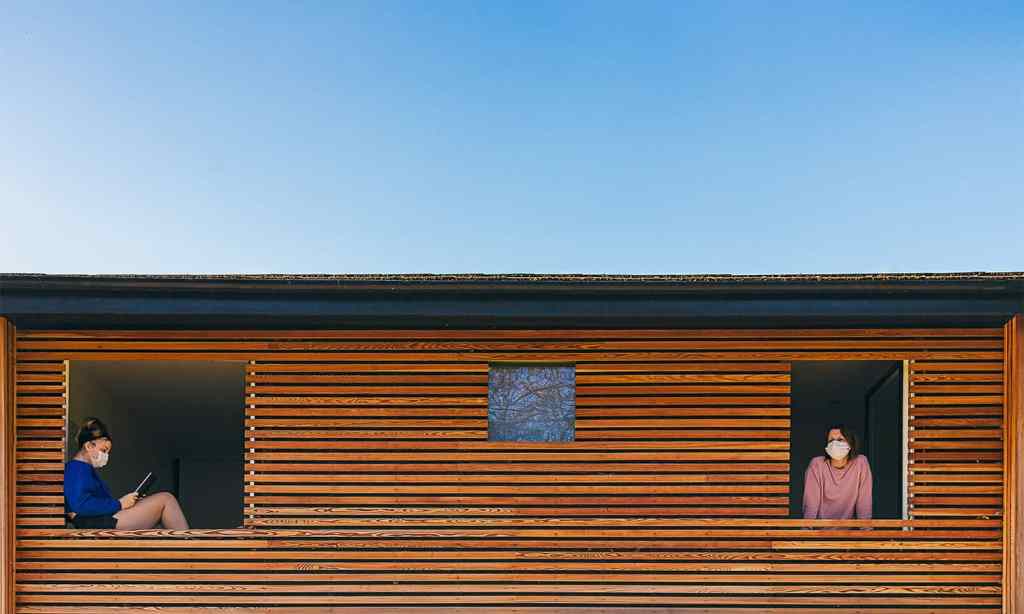Australia could be about to overhaul the way it deals with COVID-19 cases as Australia’s chief health officers consider reducing the isolation period for people who test positive. Both the US and the UK have recently made moves to cut the isolation period for COVID positive cases and the proposed changes will be considered at the next national cabinet meeting.
Already though, states are working to reduce COVID measures, with NSW implementing new rules a few weeks ago requiring those who are close contacts to no longer isolate but instead to get a negative test and return to business as usual once they get their results.
NSW Health has also changed the isolation rules for healthcare workers who are close contacts, saying that frontline staff will be able to return to work after just a week of isolation. Workers who are exposed to the virus in social settings will be able to return after just two days following a negative test.
NSW Premier Dominic Perrottet is keen to forge ahead with the opening up of the state and encouraging people to ‘live with the virus,’ despite case numbers in the state reaching a record high of 11,201. Just yesterday he encouraged Sydneysiders not to cancel their New Year’s Eve plans and to go out and party — spending money that the state economy badly needs — despite the risks.
With other states like Queensland and South Australia repealing pre-travel testing requirements and a seeming determination across most of the countries’ leaders to try and return things to normal as quickly as possible, no matter the case numbers, individuals are apparently expected to take COVID management into their own hands.
So, if that’s the case, here’s how long people are actually infectious for when they do have COVID-19 and what exactly you are supposed to do about it when you or someone you know has it.
How Long Are People With COVID Infectious
COVID-19 appears to affect everyone differently. If you’re young, relatively fit and healthy, and have received two or even three doses of the vaccine, the chances of developing anything other than the mildest of symptoms are rare.
When someone gets COVID, the virus has what is called an incubation period. This is the time between when the virus first enters the body and when they start developing symptoms. For most people, this typically takes between five and nine days, according to the Department of Health. However, this can be as short as two days or as long as 14 days after exposure and this is why a 14 day quarantine period was used to ensure people were not carrying the virus when they entered the country.
According to Harvard Medical School, a person with COVID-19 “may be contagious 48 hours before starting to experience symptoms”.
“People may actually be most likely to spread the virus to others during the 48 hours before they start to experience symptoms,” they write.
Even without symptoms, people with COVID can continue to spread the virus and are in fact more likely to as they are likely not aware that they have it and are not isolating.
People with the virus are thought to be the most contagious early in the course of the infection. 10 days after symptoms first develop, however, a person is unlikely to be contagious, as long as their symptoms have resolved. Those who never develop symptoms are also likely to be unable to spread the virus after 10 days.
How Long Do You Need to Isolate With COVID?
A full two-week isolation period is the best way to ensure that you don’t spread the disease and that you don’t infect anyone else.
However, with Australia’s chief health officers considering reducing this requirement, the rules could all be about to change.
Currently, NSW requires COVID-positive people to self-isolate at home until they are ‘medically cleared’. This typically means that you will get a text on day 10 of your isolation period saying that you can leave home if you have been symptom-free for three days.
In Queensland, a COVID-positive person can leave home isolation after 14 days if they are not directed to remain in isolation longer by health authorities.
In the ACT, anyone who has been diagnosed with COVID-19 must self-isolate for “at least 10 days” until they are cleared to leave by ACT Health.
In Victoria, COVID-positive people must home quarantine for 10 days after the date on which they got tested.
For those in South Australia, COVID positive people who are fully vaccinated will have to self-isolate for 10 days unless advised otherwise by SA Health. Those who are unvaccinated can leave after 14 days.
In Tasmania, those who test positive will be required to isolate “for at least 10 days” depending on their symptoms. The Tasmanian COVID@home system will let all positive cases know when they are allowed to leave isolation.
The Northern Territory has recently shifted from mandatory isolation in a quarantine facility for COVID positive cases and is currently running a trial of home-isolation in Darwin and Alice Springs. However, the numbers of those who will be included in the trial have not yet been confirmed. NT Health will contact those who test positive for COVID.
Finally, Western Australia Health requires those who test positive to isolate at home for 14 days until they are cleared by health authorities. Those with COVID who are unable to isolate from others may be taken to a quarantine facility but WA Health will get in touch with you to discuss your circumstances.
Read more stories from The Latch and subscribe to our email newsletter.







